Biscayne Bay, Florida, United States
About
Miami-area Freshwater Canal System
This South Florida water systems is comprised of canals and is a massive civil works project. It was built to control water levels and move water to aid in drainage, flood control and navigation. The system also helps sustain lakes, wetlands, rivers and estuaries. It has over 1,300 water control structures and dozens of control pumps. It boasts over 2,500 miles of freshwater canals.
Everglades National Park
This is the biggest sub-tropical wilderness reserve in the US. It’s diverse with fresh and dark waters, bays, and deep coastal waters. Its habitat naturally supports a wide variety of fauna and flora. Situated on the Florida Peninsula on the East side of Cape Sable, it’s home to the biggest mangrove ecosystem in the Western Hemisphere. It also has the most massive stand of sawgrass prairie and facilitates breeding for numerous wading bird species. It offers vast fishing opportunities and is an angler’s dream come true.
Main Species of Fish
The Everglades
Everglades National Park holds numerous fishing opportunities for avid anglers. It’s ideal for boat fishing. You can catch lots of freshwater game fish like largemouth bass, pickerel, peacock bass, bowfin, and gar. You can also find numerous saltwater fishing species like tarpon, redfish, ladyfish, jack, snapper, bonefish, grouper, permit, cobia, sharks, black drum, tarpon and seatrout.
Miami’s Urban Canals
There are lots of fish in the canals —including many non-native species. It’s unique, because many of the fish are species native to South America. You can find native and non native fish such as largemouth bass, tarpon, snook, jacks, Mayan cichild, spotted talapia, jaguar guapote, crappie, bluegill, sunfish, pickerel, knifefish, bullseye snakehead, and oscar.
Where to Fish
Where to Fish Offshore
Greater Miami offers some the best offshore fishing opportunities in the country. It has a wide variety of amazing fish to catch. It’s a melting pot of awesome fish species. You can catch an array of species like tuna, kingfish, swordfish, kingfish, shark, mani mahi, and and sailfish all within a few miles radius. The best way to fish its waters are with an experienced charter captain.
The Urban Canals of Miami
Within the Broward and Dade Counties you can find excellent fishing opportunities. Peacock bass are the most popular target species in this area. They were introduced to the region nearly 50 years ago to help control the fish population. They’re very colorful and aggressive.
There are also plenty of largemouth bass, midas cichlids, pacu, clown fish, carp and spotted tilapia. You an also find tarpon, snook, and jacks. If you like kayak and canoe fishing, these canals are an ideal place to fish. There are even ideal places to fish from the bank.
Everglades National Park
Flamingo Camping Center is a key access point within the Everglades National Park. It has a marina, boat launch, and camping center. From there, you can gain access to The Gulf of Mexico and Florida Bay —plus other remote backcountry areas.
Flamingo offers multiple hiking trails and canoe trails as well. It boasts over 300 species of birds. You can also see crocs and manatees in the marina. You can rent camping supplies, boats, plus there is a small aea in the marina as well. Keep in mind that there’s currently no lodging options at Flamingo during this time —although RV and tent camping is allowed.
The fishing opportunities here a plentiful. Take your pick from the mangrove islands, shallow bays, creeks, and flats. Flamingo is also a great place to fish with a kayak or canoe.
You can paddle into Florida Bay, or into Coot Bay. And if you’re an opportunist, then feel free to take advantage of all the places to fish along the highway. There are plenty of places to camp as well. But keep in mind that the fishing opportunities along these spots are limited.
To be smart, make sure you understand the fishing rules and regulations within the area so you can abide by the rules while fishing Ever glades National Park. They cover things like no fishing zones, poll and troll zones, and no power boat zones. And remember, the smartest thing you can do is check the Everglades National Park website prior to fishing at https://www.nps.gov/ever/planyourvisit/index.htm.
Tackle and Gear
Spinning Tackle
When it comes to the best lines, rods and reels here’s what works. Use medium to fast action rods in the 8 – 20 pound range. Make sure you get a reel with a solid drag that can easily handle 150 yards of braided line. For small to mid-size catches use a 10 pound outfit. It’s ideal for fish like baby tarpon, snook, snapper and small sharks. For bigger sharks and adult tarpon we recommend using a 20 pound outfit.
Fly Tackle
When using a fly rod you’ll want to go with a fast action ranging from 6 – 10 pounds in weight. Make sure it’s capable of holding 150 yards of backing. For small to mid-size fish like redfish, barracudas and snooks go with an 8 weight. Depending on the wind, you can opt to go wiyj a 6 to 10 weight. If you’re targeting adult tarpon and sharks, 10 – 12 weight rods are ideal. You will likely use a floating line the majority of the time. But an intermediate tip will come in handy as well.
Lures
Locals say to use soft plastics. Jerk baits, fish imitations, paddle tails, Gulp shrimp and plastics shrimp are said to yield the best results. You’ll also want to try plugs ranging from 3 to 6 inches in length. Spoons and bucktail jigs work well. Deep diving and top water lures alike will catch fish.
Bait
You can find live bait at the majority of tackle shops in the area. Use shrimps and crabs, they’re the most effective. You’ll catch a number of fish species using them. Also try using worms, shiners, and crickets for fresh water canals.
Flies
Flies work well for bonefish and permit. Go with the fly patterns that works best. Patterns like mantic shrimp, spawning shrimp, clousers, kwans, gotchas, and crabs also work well.
Clothing
Make sure you wear tropical clothing made of fast drying fabrics. Stay away from cotton. Wear long sleeve shirts and pants. Bring a hat for UV protection. Also you may want to bring polarized sunglasses, sunscreen, a mosquito head net and mosquioto spray.

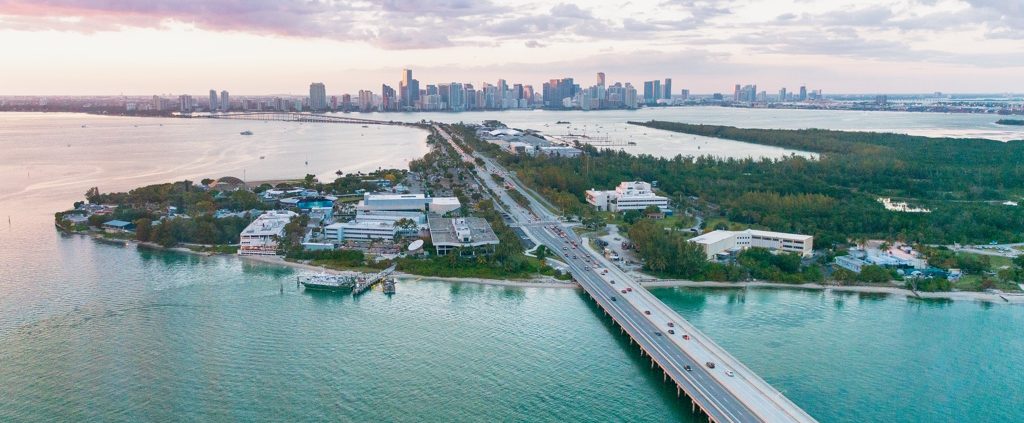
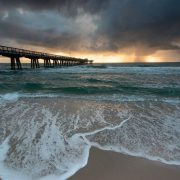
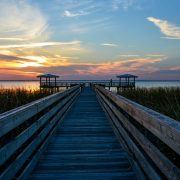

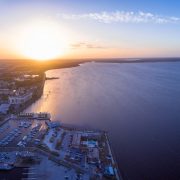
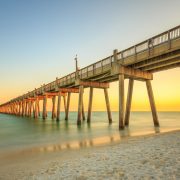
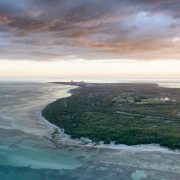


Leave a Reply
Want to join the discussion?Feel free to contribute!